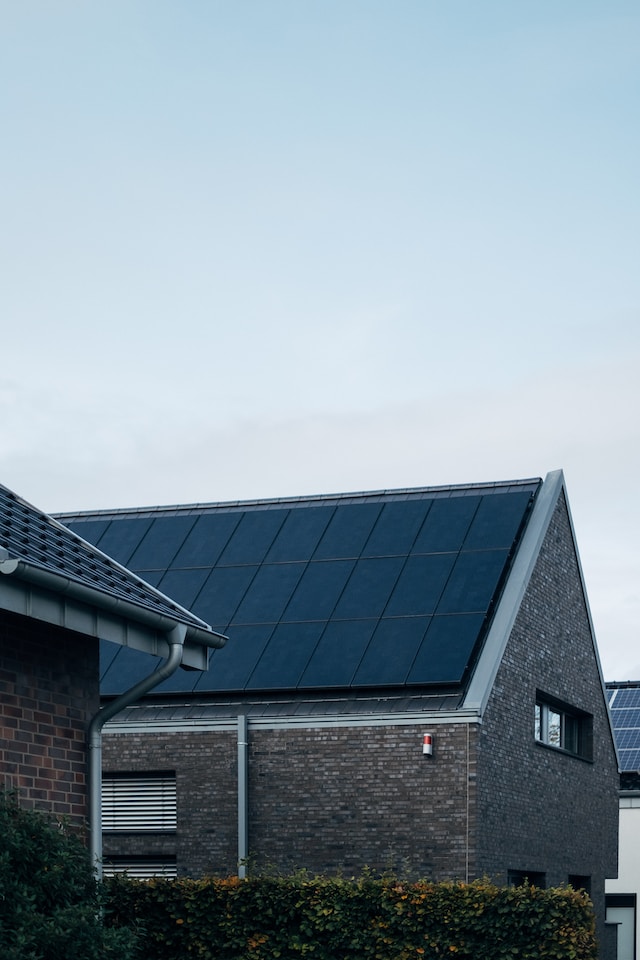Maximizing energy efficiency in your home will save you money and help reduce your dependence on traditional energy sources.
BIPV integrates solar power generation into building materials, transforming them into active energy producers and changing how we think about sustainable construction.
Rooftop Installations
Rooftop solar and other energy-saving measures have become increasingly popular among individuals and businesses. In addition to their positive environmental impact, using them can help save money on electricity bills and increase a home’s value.
These systems work particularly well for commercial and industrial facilities, as they usually have large, flat roofs unobstructed by shading. Facilities can generate electricity to offset or eliminate their reliance on fossil fuel-based energy production and avoid toxic repercussions.
A building integrated photovoltaics system seamlessly integrates solar panels into the building, replacing traditional construction materials like windows, roofs, or facades. It provides a streamlined appearance and offers a variety of design options. Additionally, they can save on material costs. They can also reduce maintenance and energy consumption costs in the long run.
Facades and External Walls
PV can be incorporated into the facade of buildings by replacing traditional windows and doors with (semi) transparent thin film or crystalline PV modules. Its superior thermal insulation properties and solar radiation control can make a building more visually interesting and save energy.
Facades and external walls often have a larger area for sunlight than rooftops, making them a good place to generate electricity with BIPV. A combination of a solar façade and shading structures can also be used to reduce cooling loads, which could lower energy costs and emissions of ozone-depleting gases.
The interest in building integrated photovoltaics is growing worldwide, and innovative designers are creating a new vocabulary of solar electric architecture. However, BIPV requires careful planning and close cooperation between architects, project developers, and PV specialists.
Balconies and Terraces
Balconies and terraces are popular outdoor spaces that add to a property’s value while connecting often small indoor living areas with the openness of the outdoors. They can generate electricity to power the enclosed spaces by incorporating building-integrated photovoltaics into these structures.
Real-life success stories involving balcony solar power systems highlight the potential for significant energy savings and reduced electricity bills. Depending on the size of the system, location, and local utility rates, homeowners have reported savings ranging from 30% to 70% on their electricity bills.
On average, glazed balconies can generate 250 kilowatt-hours of electricity per year, and their environmental footprint is paid back in as little as three years.
Greenhouses and Agricultural Applications
Greenhouses and agricultural facilities are critical for growing high-end fruits, vegetables, and flowers, but their energy consumption can be high. Using energy-saving lighting technologies and other innovative solutions can minimize greenhouses’ energy costs.
BIPV is another way to maximize energy efficiency in these buildings. This technology uses solar cells as building materials and power generators, replacing conventional cladding and roofing materials.
In addition to improving a greenhouse’s insulation and light output, BIPV can also help reduce energy use by installing variable frequency drives on fans, heat buffering systems, zone pumps, and dehumidification equipment. These devices can reduce the energy motor-driven equipment use without compromising their functionality. It translates into significant savings on electricity and natural gas bills.
Noise Barriers on Highways
Adding solar panels to highway noise barriers can produce energy with little disturbance. Kotan says the concept is worth exploring for the many highway noise barriers crushing the United States.
Current standards and funding programs define BIPV by stating that the photovoltaic system must have a dual function as an electricity generator and a building component. Ideally, the PV modules should be included in the initial building design to minimize the incremental cost of PV and eliminate costs and design issues for separate mounting systems.
Sound-absorbing material is the best way to maximize energy efficiency with a highway noise barrier. It will reduce the reflection and acoustic transmission through the wall and into nearby residences.

